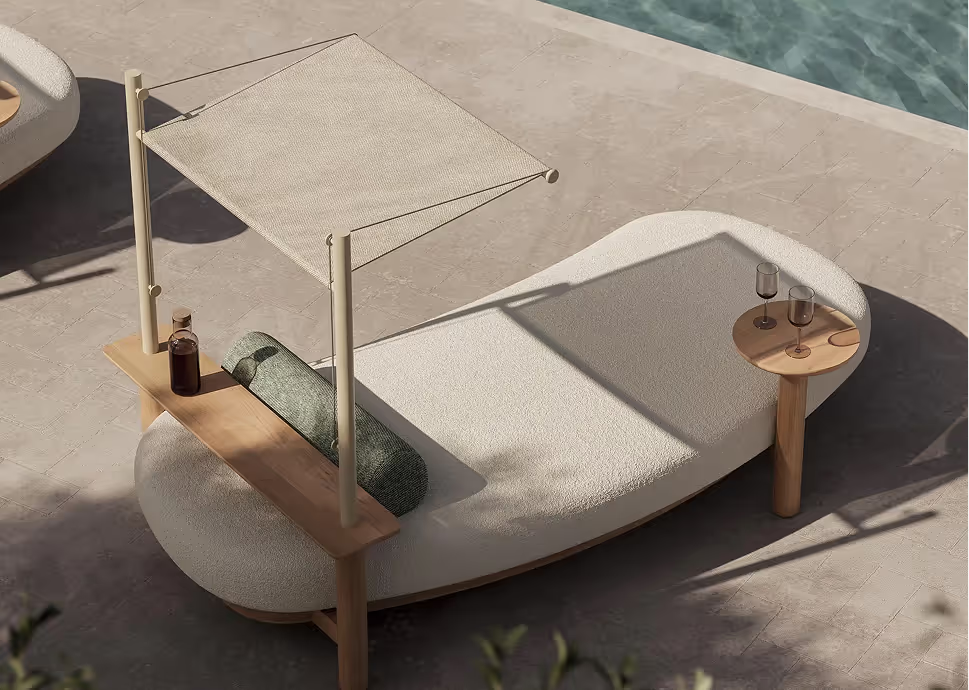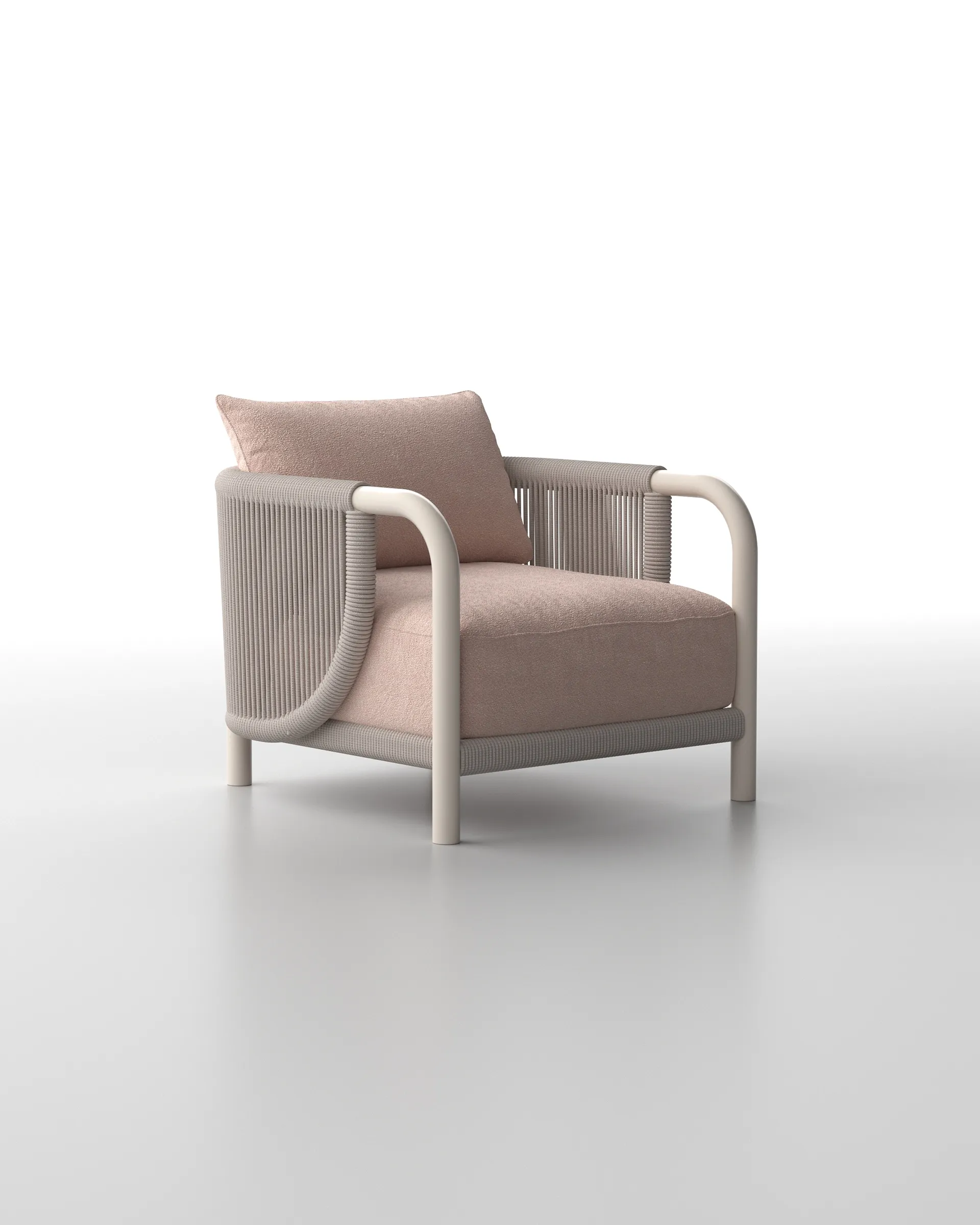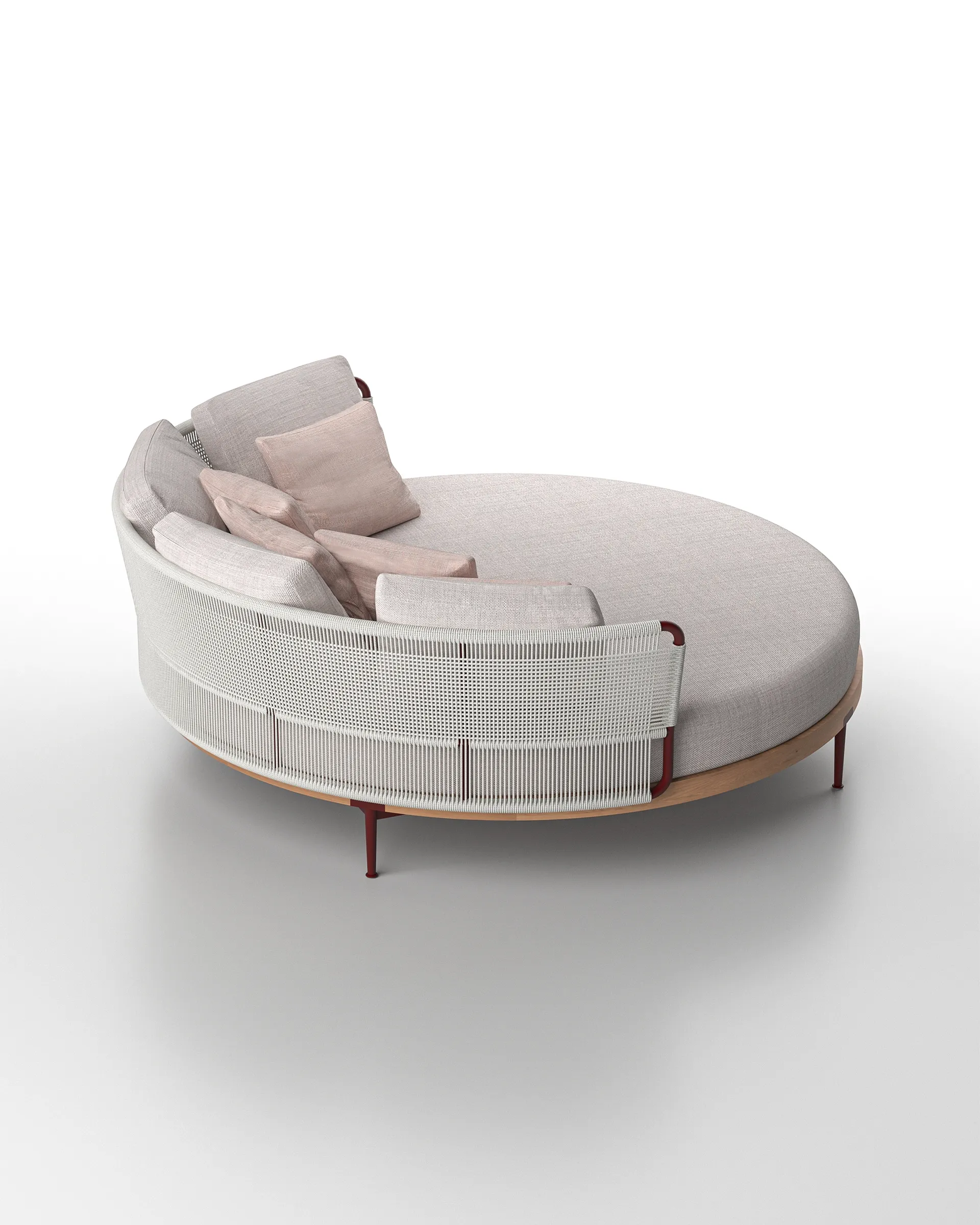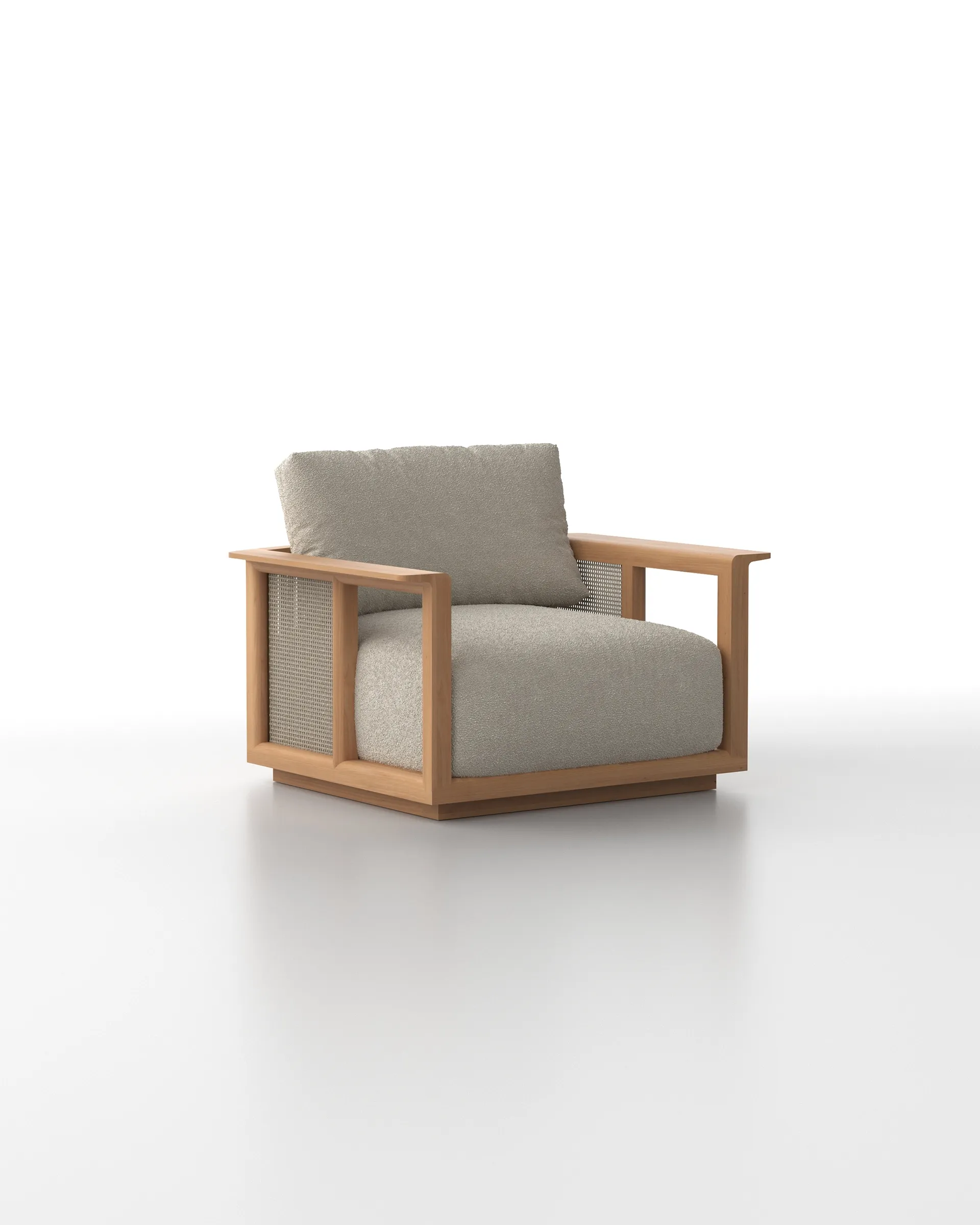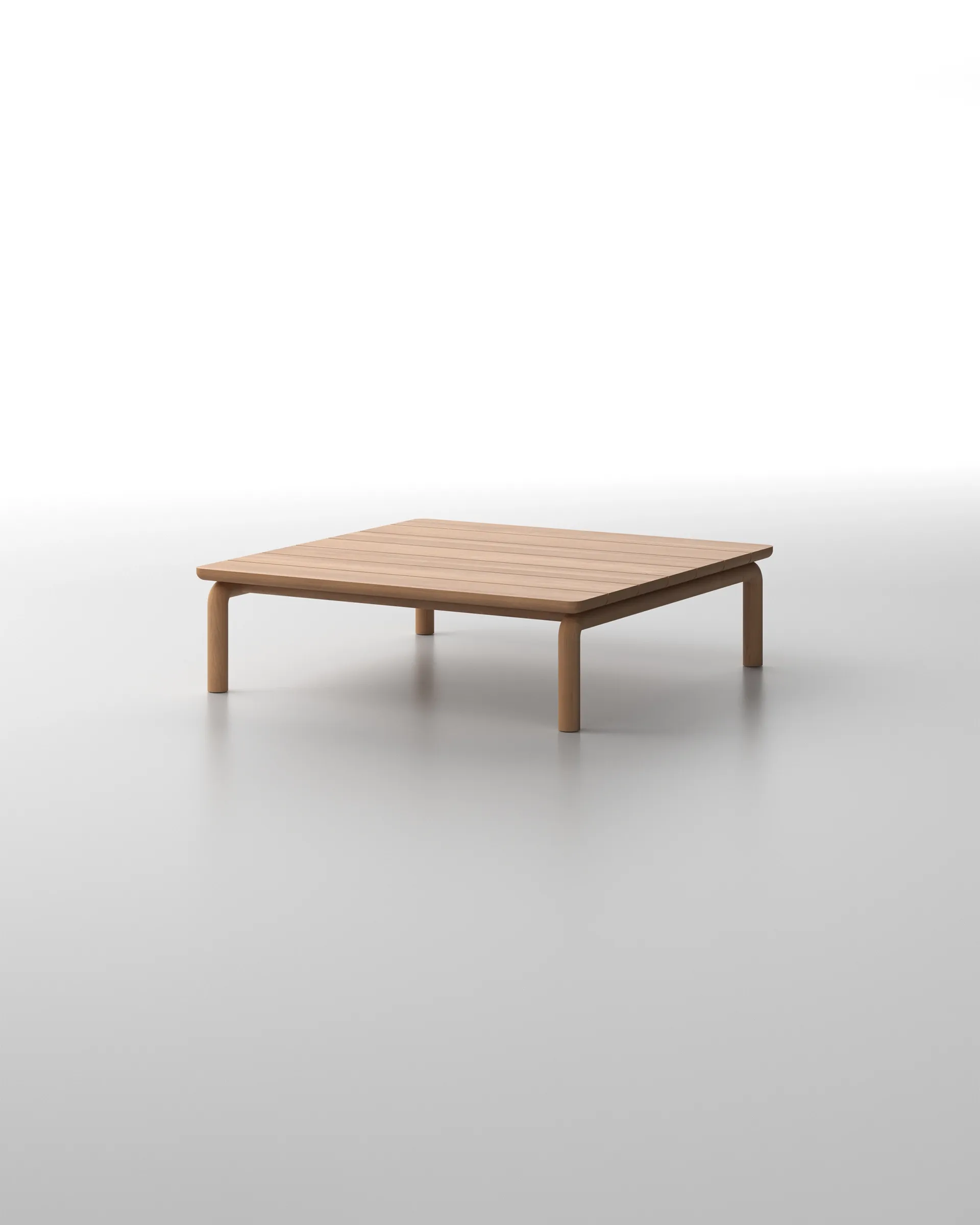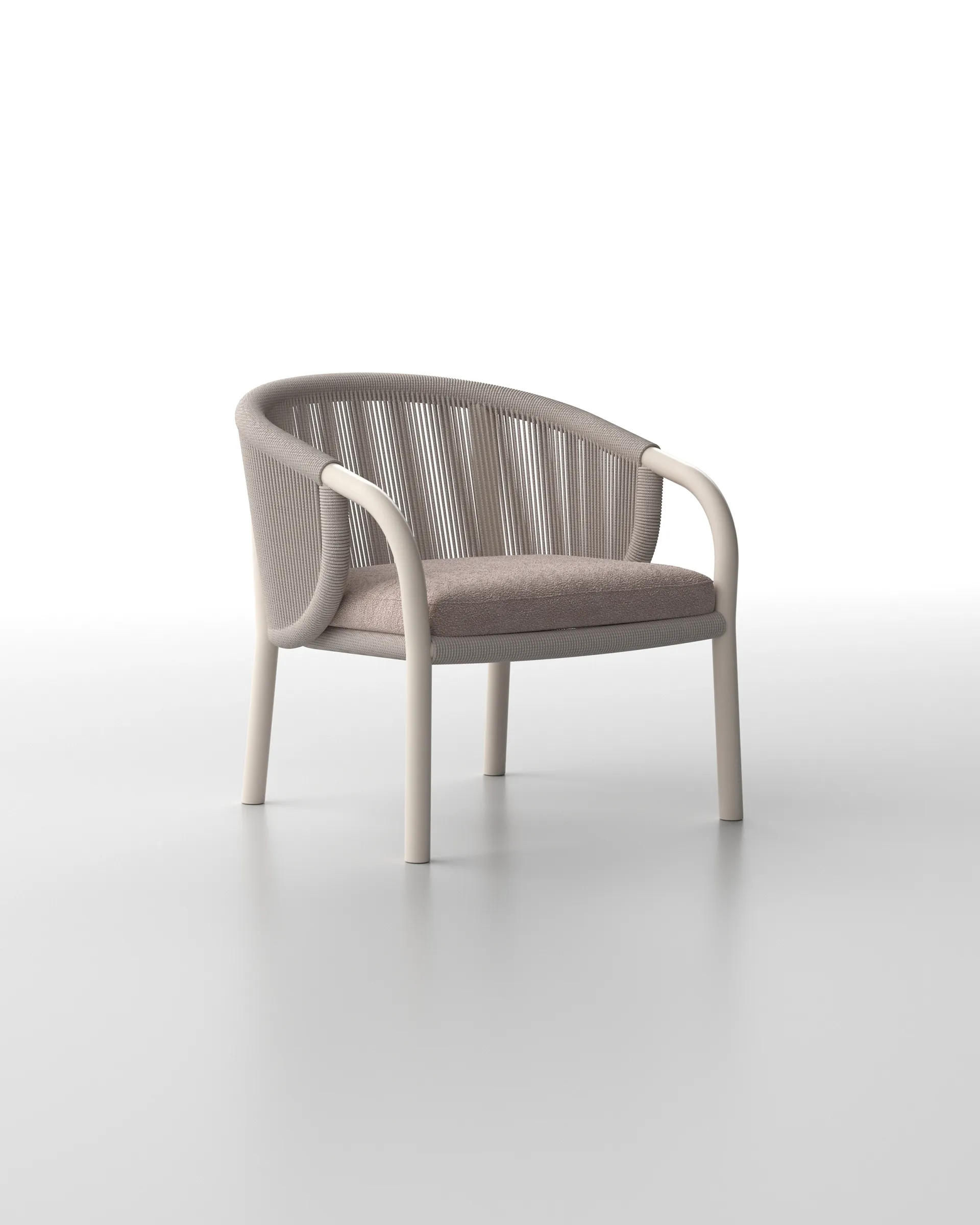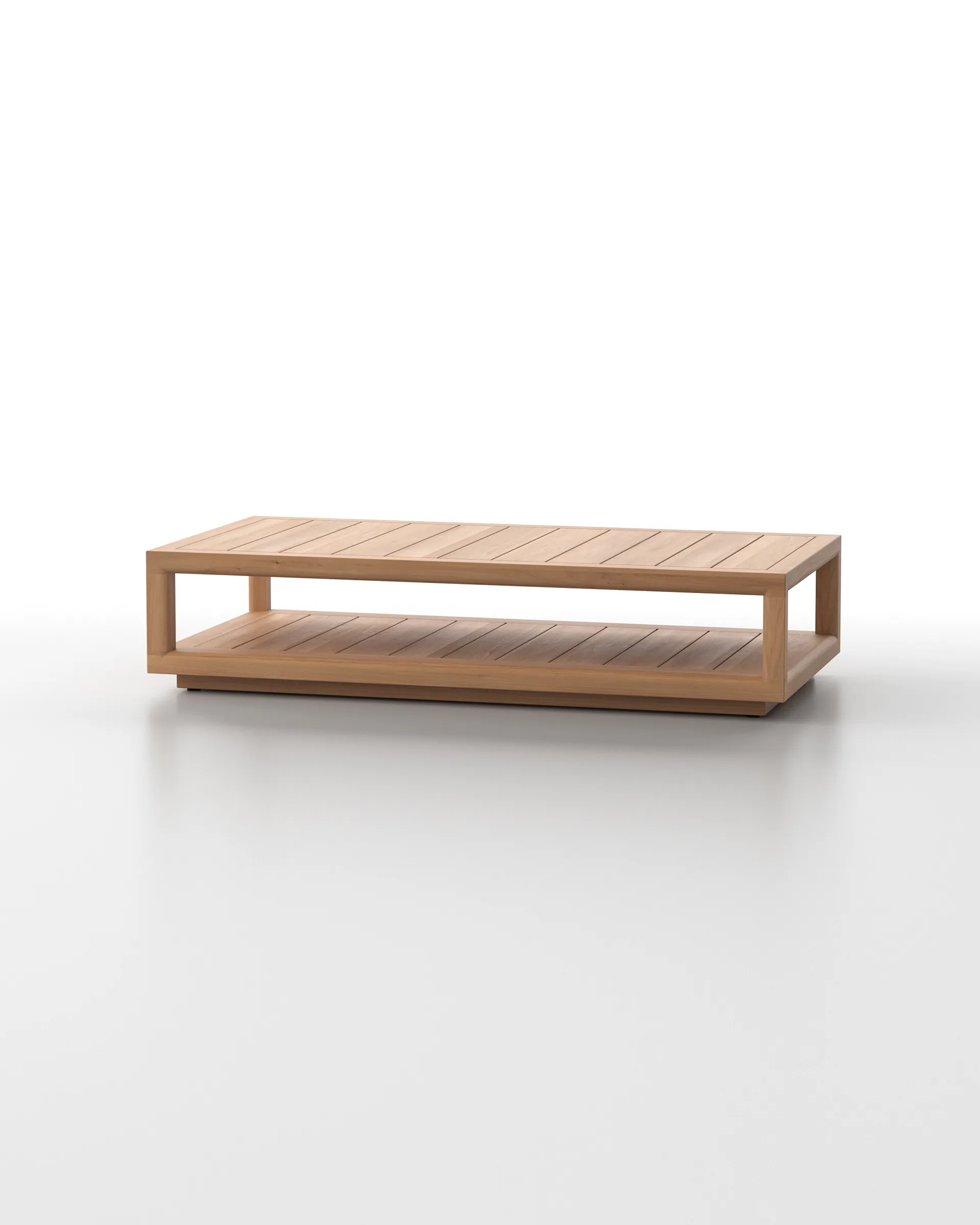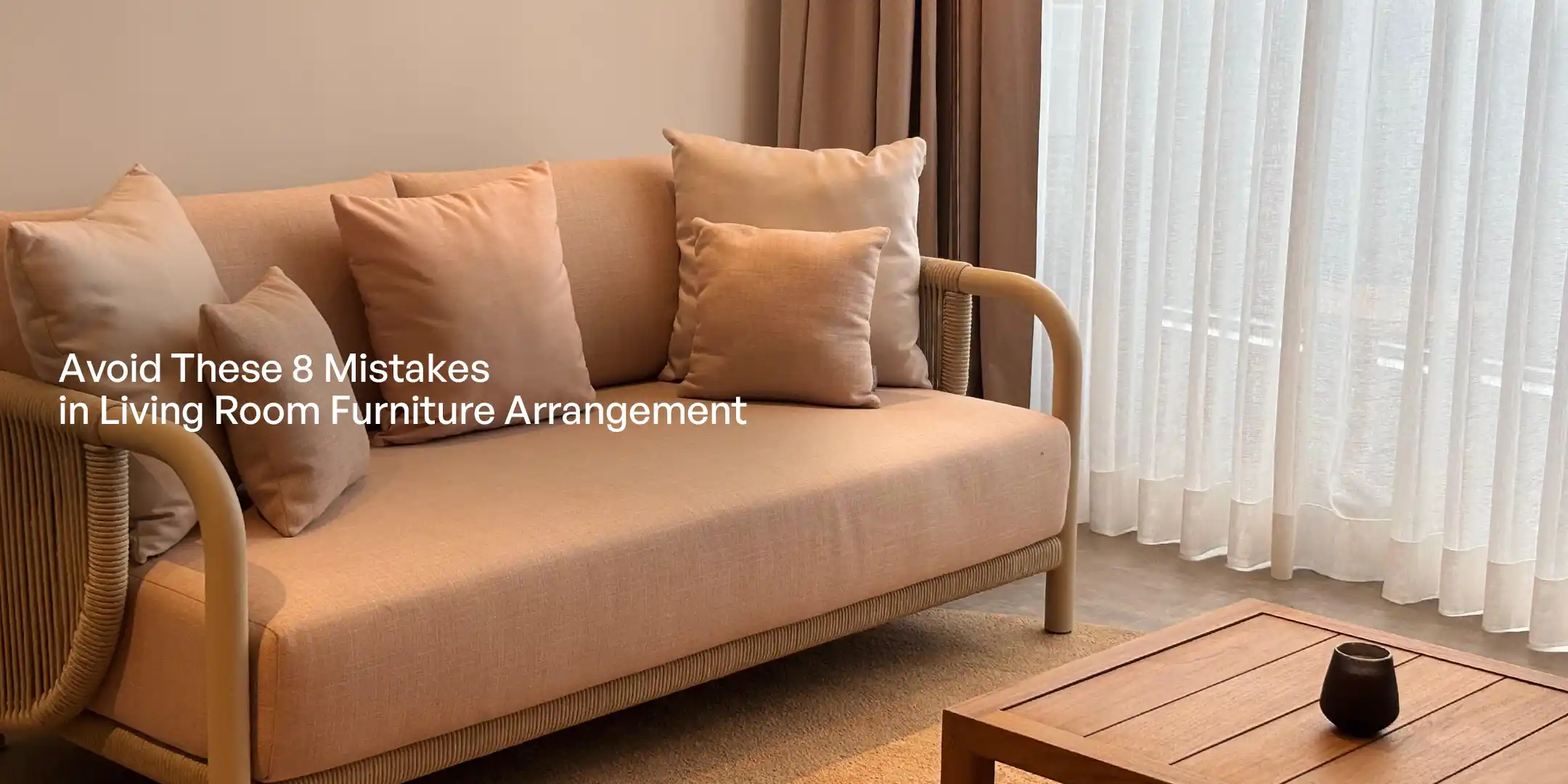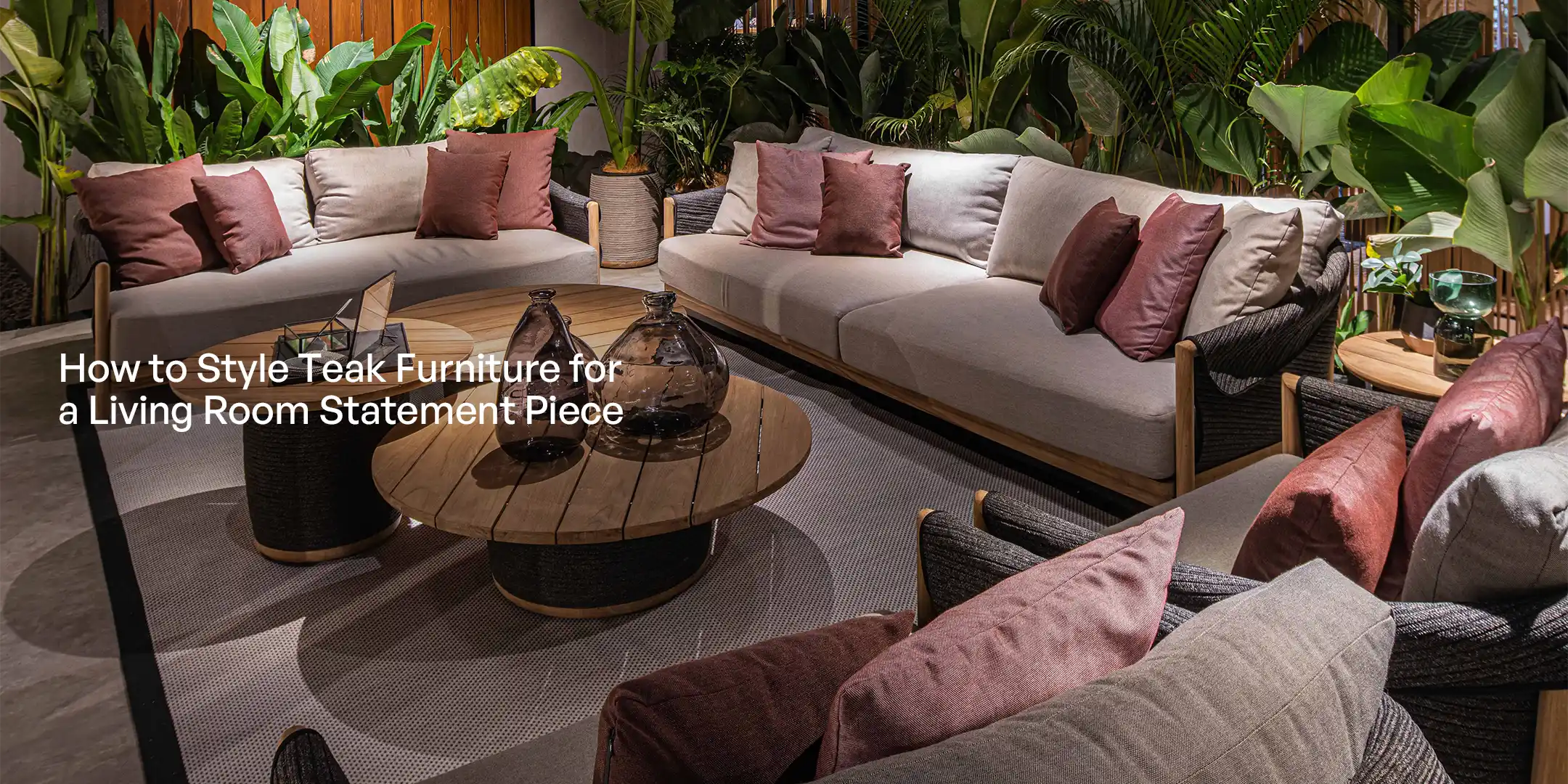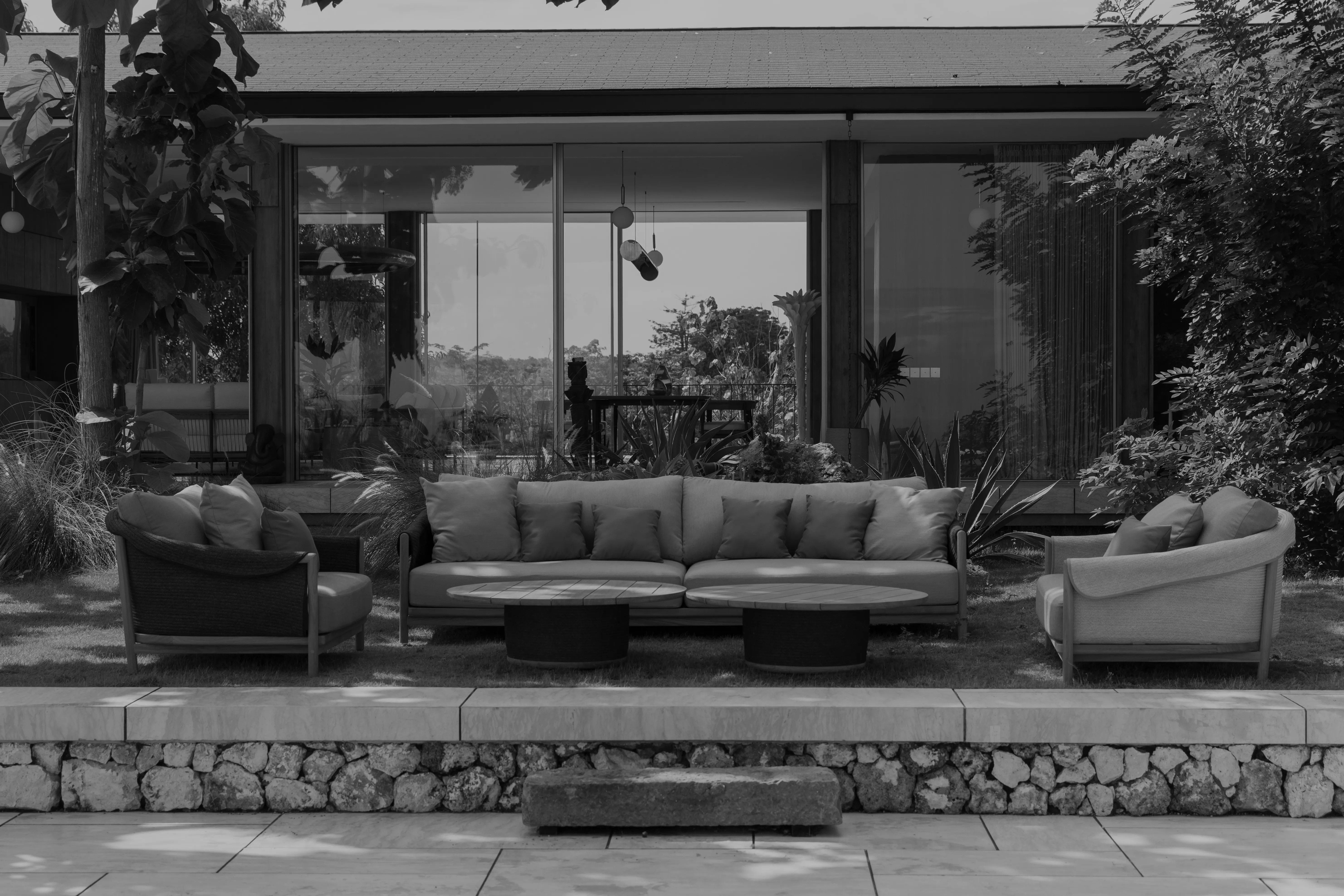Teak furniture has a rich history rooted in royal traditions and craftsmanship from Southeast Asia. This fascinating teak furniture history reveals how teak has evolved from being a material for palaces and temples to a preferred choice for modern luxury outdoor furniture. With its stunning durability and iconic golden hue, teak continues to symbolize elegance and resilience. Let’s explore teak’s journey—from ancient Southeast Asia to modern homes—and discover why it remains a timeless choice.
The Origins of Teak in Ancient Southeast Asia
Teak wood, native to regions like Thailand, Myanmar, and especially Indonesia (notably Java), is celebrated for its exceptional quality. Southeast Asia’s warm, humid climate and nutrient-rich volcanic soil allow teak trees to flourish, producing tall, straight trunks ideal for high-quality timber. This environment provides teak with its dense grain and high natural oil content, making it exceptionally durable and water-resistant.
Key Uses of Teak in Ancient Southeast Asia
- Building Structures: Teak was used for houses, palaces, temples, and everyday furnishings.
- Symbol of Status: Teak was a mark of wealth and power, reserved for the elite and royalty.
Why Teak Became a Symbol of Status and Power for Royalty
In ancient Southeast Asian kingdoms, teak symbolized wealth and power. Palaces, temples, and other sacred buildings used teak to create structures that were both beautiful and built to last. Only the elite could afford teak, making it a mark of status in kingdoms like Sriwijaya and Majapahit.
Teak’s golden hue added to its appeal, giving structures a luxurious, majestic appearance that further reinforced its association with royalty.
Ideal Conditions for High-Quality Teak
Indonesia, particularly Java, offers ideal growing conditions for teak. Rich volcanic soil and tropical weather allow teak trees to thrive, yielding wood with dense grain and natural oils that provide exceptional moisture resistance and insect repellence. This quality makes Indonesian teak especially sought-after for outdoor furniture, as it withstands extreme weather while maintaining its beauty.
Benefits of Teak’s Native Environment
- High Durability: Natural oils make it resistant to rot, moisture, and pests.
- Outdoor Longevity: Ideal for outdoor structures and furniture that endure weather changes.
- Teak Furniture History: From Ancient Palaces to Maritime Adventures
Teak’s strength and resilience have made it invaluable in both architectural and maritime applications.
Why Teak is Perfect for Building Long-Lasting Ships
- Natural Water Resistance: High oil content protects teak from water, pests, and decay.
- Saltwater Durability: Teak withstands corrosion caused by saltwater, making it ideal for ship parts like hulls and decks.
In Southeast Asian kingdoms, teak was essential for building strong fleets. Its qualities were also recognized by European colonizers, who used it in their ships, establishing teak as a staple material in maritime history.
The Luxury of Teak Furniture in Europe During the Colonial Era
European colonizers, such as the British and Dutch, were captivated by teak’s beauty and durability when they arrived in Southeast Asia. Aristocrats and nobility in Europe saw teak as a luxurious and long-lasting material, making it the top choice for high-end furniture in grand estates. As demand for teak soared, teak plantations were established to meet Europe’s growing appetite for luxury furniture.
Teak’s Journey to Europe
- Status Symbol: Teak furniture became a symbol of wealth and prestige among the European elite.
- Global Trade Expansion: Teak’s popularity spurred the development of global trade routes and plantations in Southeast Asia, cementing teak’s role as a premium furniture material worldwide.
The Evolution of Teak Furniture: From Traditional to Modern Design
Teak furniture history shows how this prized wood has evolved significantly over the centuries, moving from ornate traditional designs to sleek, functional modern styles. Initially adorned with intricate carvings, teak furniture was a status symbol in Southeast Asia’s ancient kingdoms.
After World War II, minimalist design took center stage, emphasizing simplicity and clean lines. Teak’s durability and elegance allowed it to adapt, with designers shifting from complex carvings to simpler forms that highlight the wood’s natural beauty.
Modern Teak Furniture Characteristics
- Minimalist Style: Clean lines, smooth finishes, and an emphasis on teak’s organic aesthetics.
- Sustainability: Brands like Otazen combine traditional craftsmanship with sustainable methods to create modern outdoor furniture that respects teak’s legacy.
Otazen’s Modern Approach to Outdoor Teak Furniture: A Legacy of Quality and Luxury
Founded in 1999 in Barcelona with roots in Java, Otazen respects teak’s legacy by merging traditional skills with modern techniques. With over 25 years of experience, Otazen creates outdoor furniture that is both elegant and durable, using sustainable methods that honor the environment. Each piece reflects Otazen’s commitment to quality and a greener, responsible future.
Conclusion: Teak’s Enduring Legacy in Luxury Furniture
Exploring teak furniture history shows us teak’s journey from ancient palaces to contemporary homes, highlighting its unmatched durability, beauty, and cultural significance. Otazen’s teak furniture combines traditional expertise with modern designs, creating outdoor furniture that stands the test of time. By choosing sustainable teak products, we contribute to preserving this valuable resource, ensuring that teak’s luxury and resilience endure for generations.








